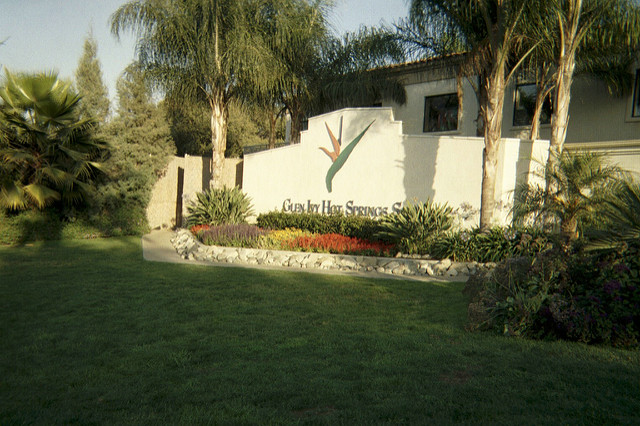Real estate title in more rural or agricultural areas of California are often reliant on ancient surveys, sometimes handwritten, relying on monuments that are gone or have changed, and less accurate survey instruments. When disputes arise, the parties must rely on their surveyors to convince a judge that they are correct. Real estate attorneys can find themselves in a battle of surveyors, disputing whether the other side’s approach is reliable or not. This problem arose in a recent decision near Healdsburg regarding a property line between a vineyard property and the new owners of an adjacent winery. The surveyor’s approach, as well as testimony of some old-timers who lived on the properties, made life difficult for the new winery owners.
 In Belle Terre Ranch, Inc. v. Wilson, new owners bought the Soda Rock Winery in 2000. The Soda Rock winery building backed up to the vineyard of Belle Terre Ranch, with a pathway in between. A line of ancient oaks ran behind the building, within 2-4 feet of the building wall. The new Soda Rock owners began reconstructing the winery, and the owners used the pathway for deliveries to the back of the building, as well as for heavy equipment access. Ron, the 70 year old President of Belle Terre, had lived on the property all his life. He testified that he did not complaint about use of the pathway during the initial reconstruction because he wanted to be neighborly.
In Belle Terre Ranch, Inc. v. Wilson, new owners bought the Soda Rock Winery in 2000. The Soda Rock winery building backed up to the vineyard of Belle Terre Ranch, with a pathway in between. A line of ancient oaks ran behind the building, within 2-4 feet of the building wall. The new Soda Rock owners began reconstructing the winery, and the owners used the pathway for deliveries to the back of the building, as well as for heavy equipment access. Ron, the 70 year old President of Belle Terre, had lived on the property all his life. He testified that he did not complaint about use of the pathway during the initial reconstruction because he wanted to be neighborly.
Soda Rock applied to the county for permits to complete the renovation, and Belle Terre complained to the county about a need for the survey, and that there had been some trespassing. The owners spoke with each other, agreeing that a survey should be done. Ron apparently agreed to accommodate access to the rear of the winery for reconstruction, so as to be a good neighbor.
 California Real Estate Lawyers Blog
California Real Estate Lawyers Blog



 In
In